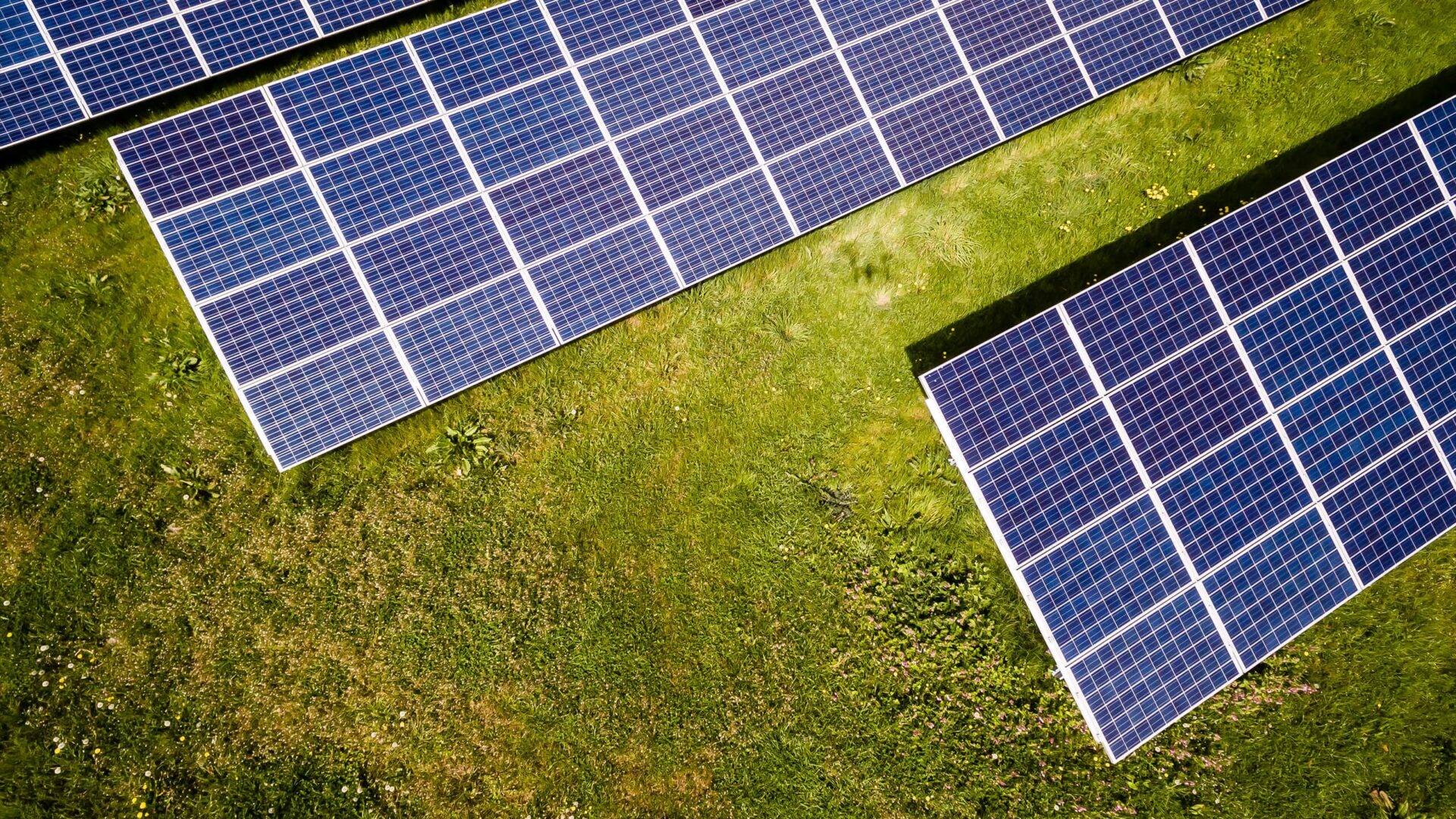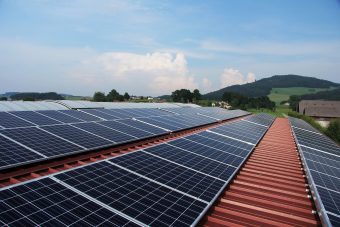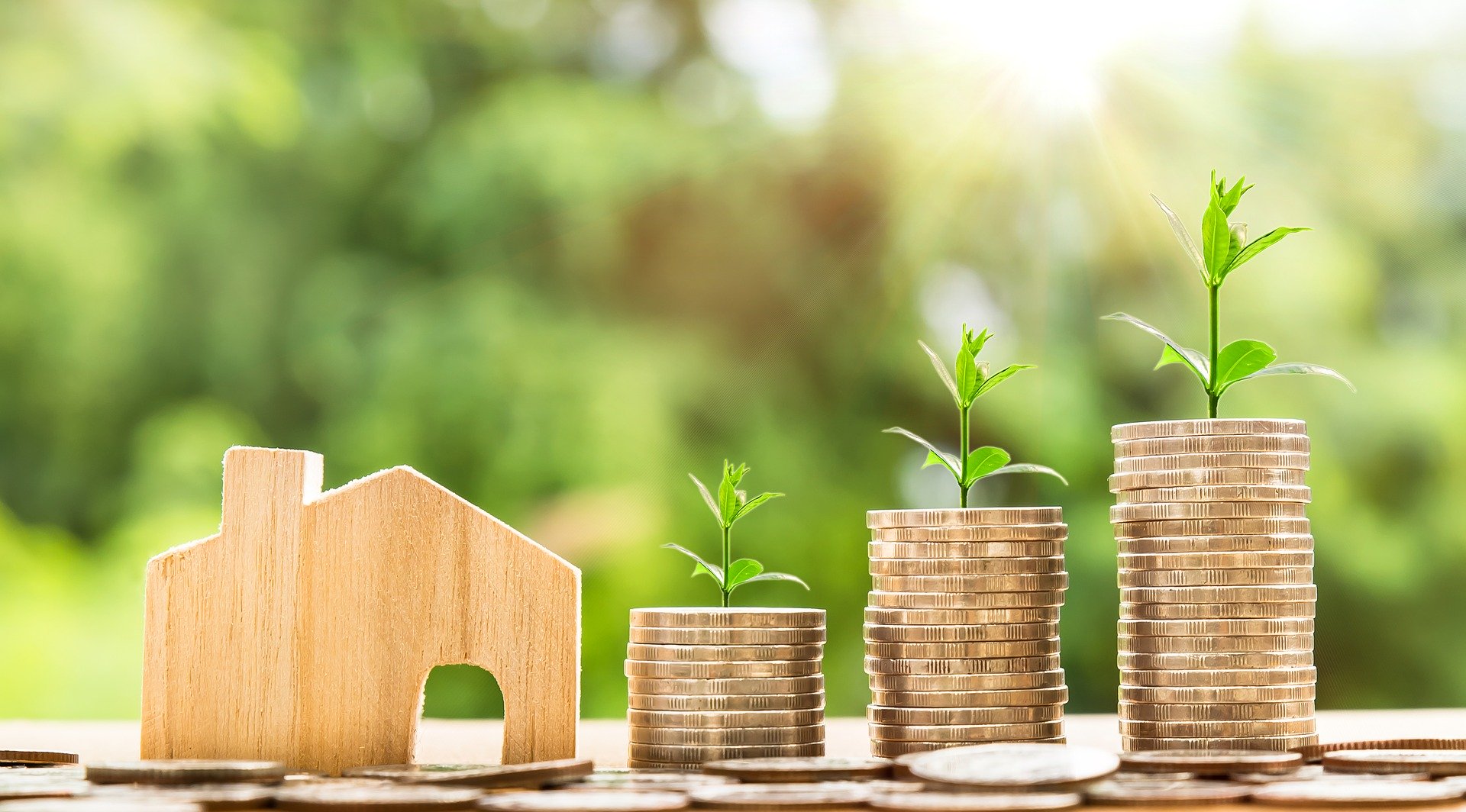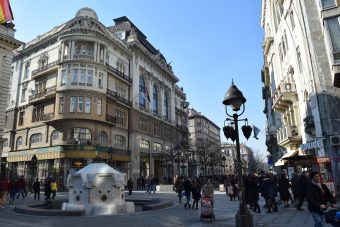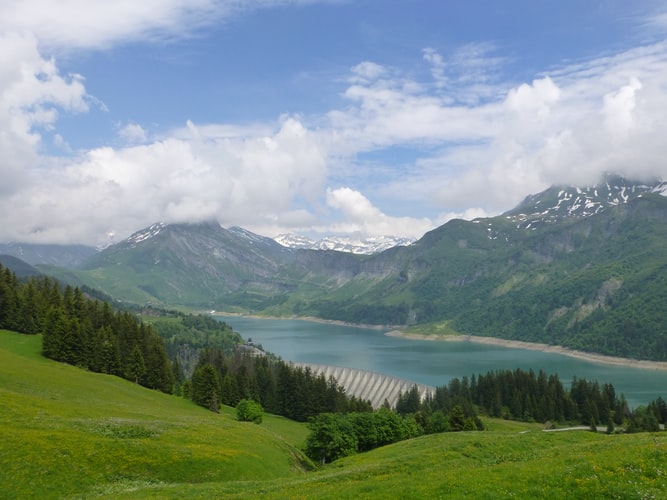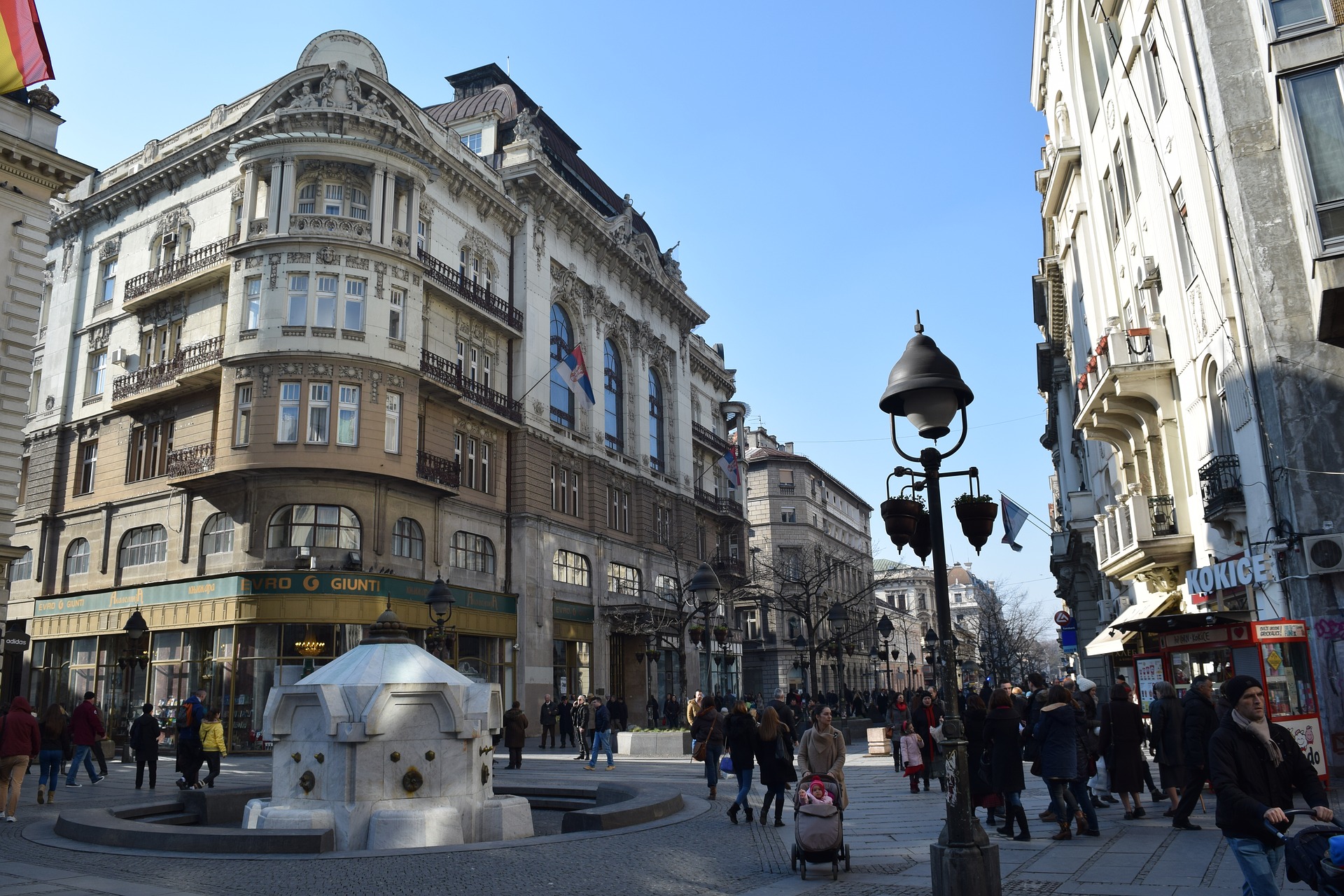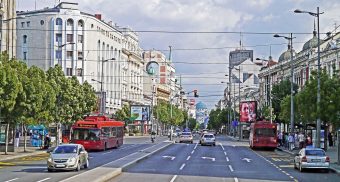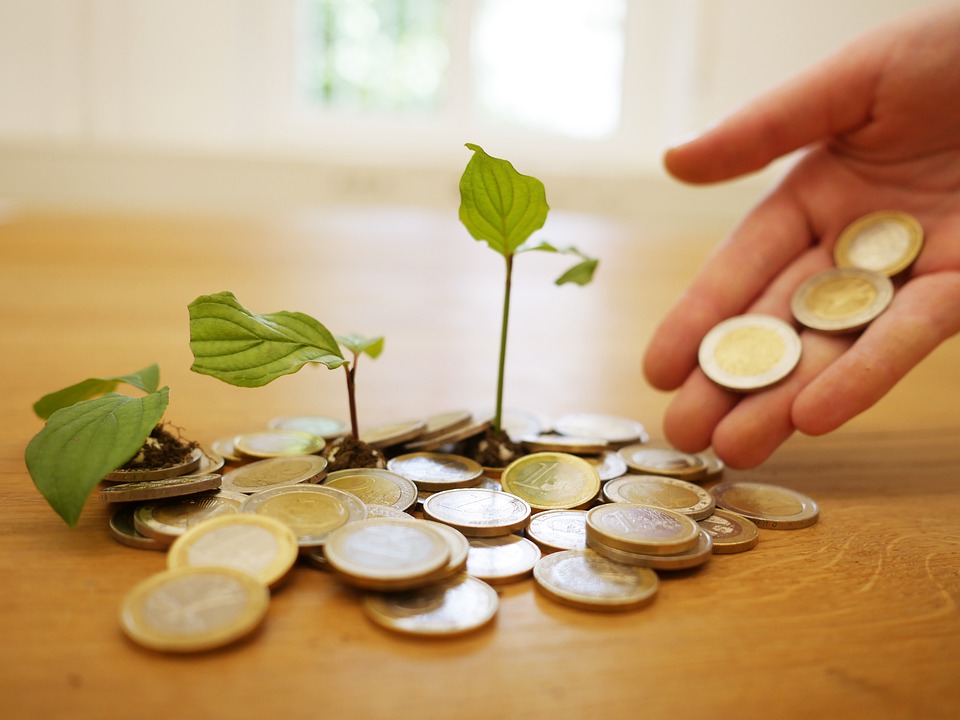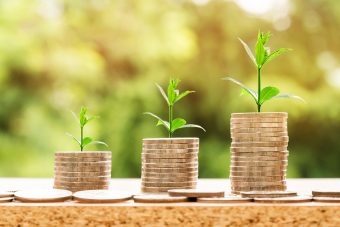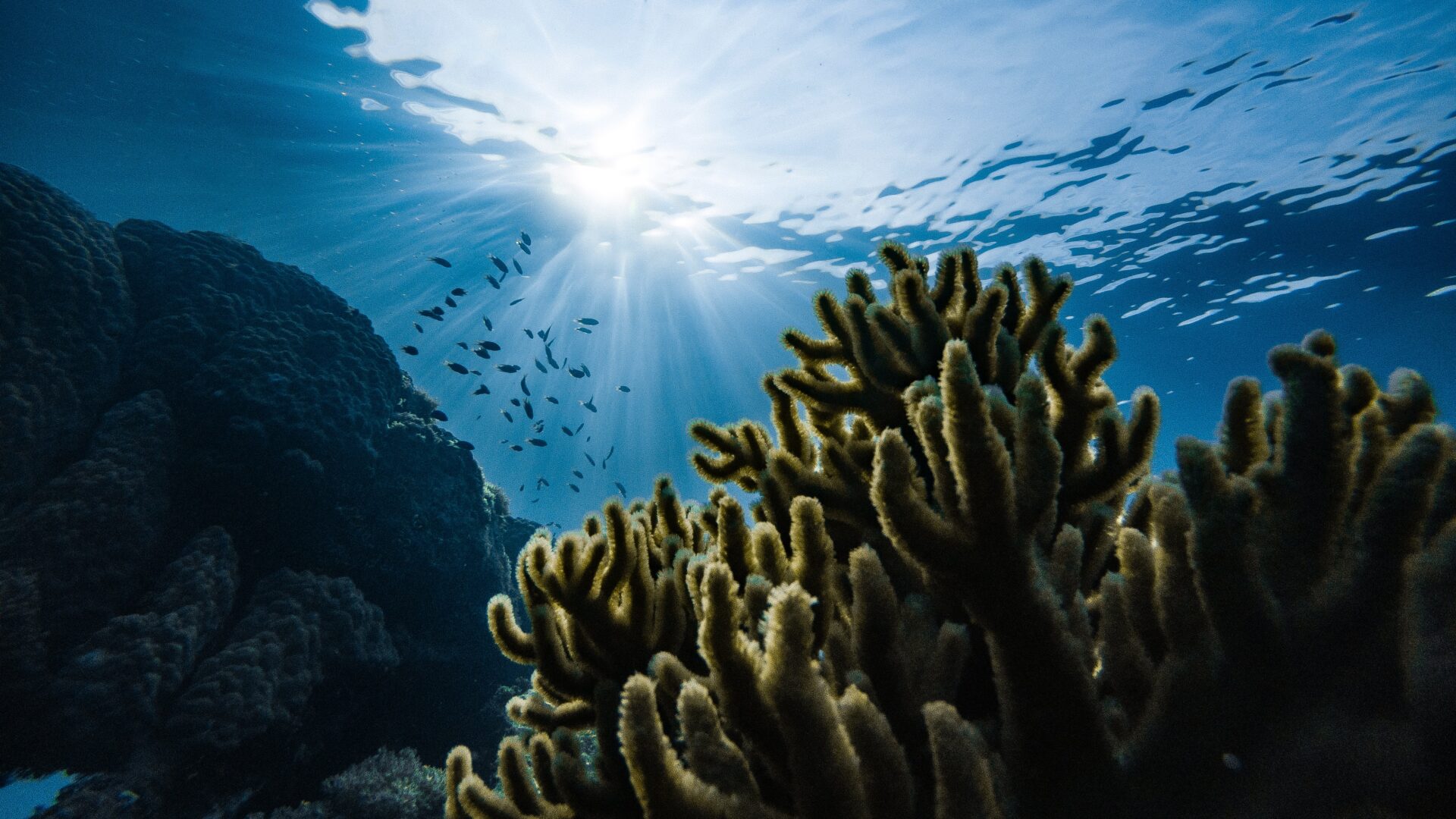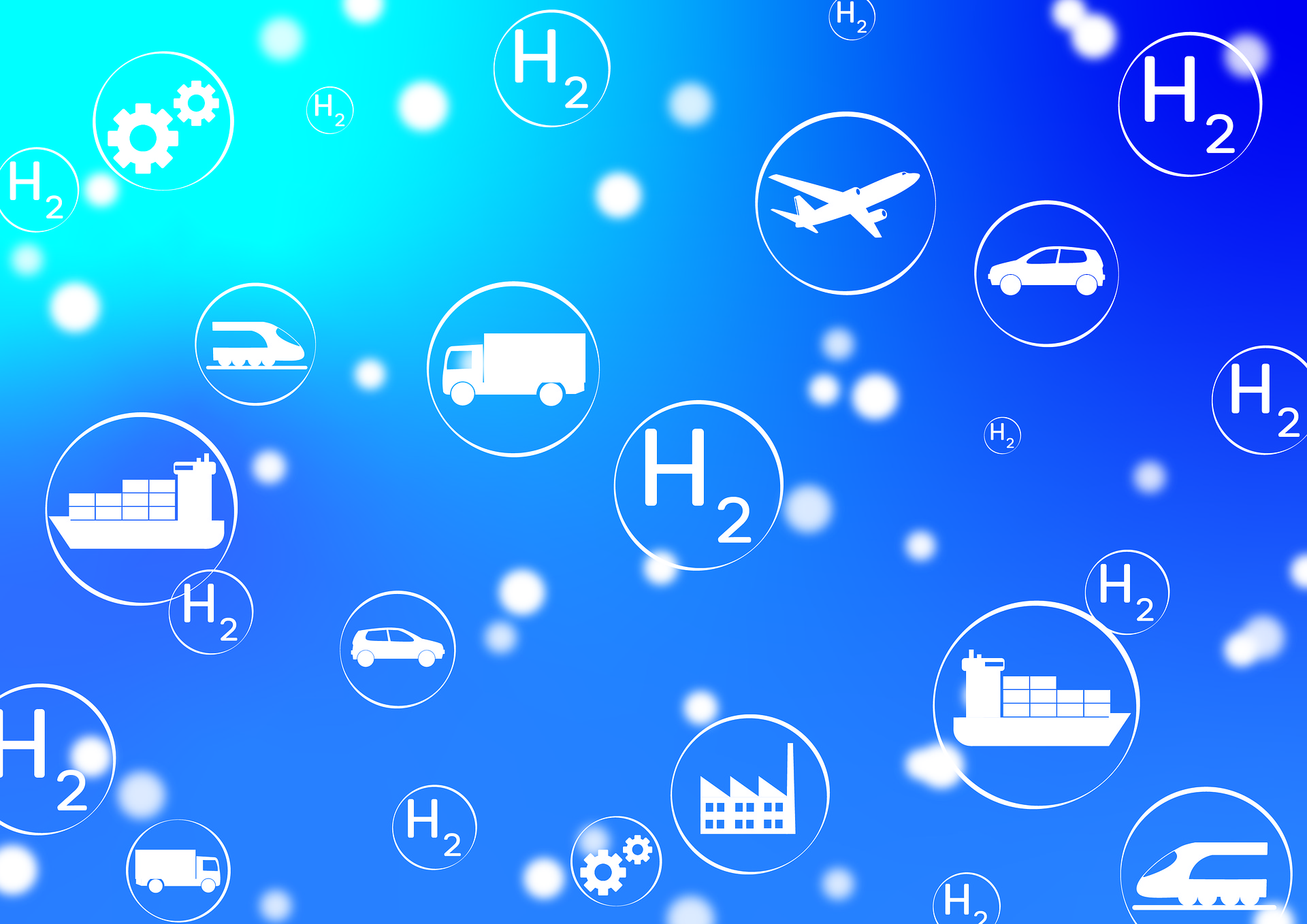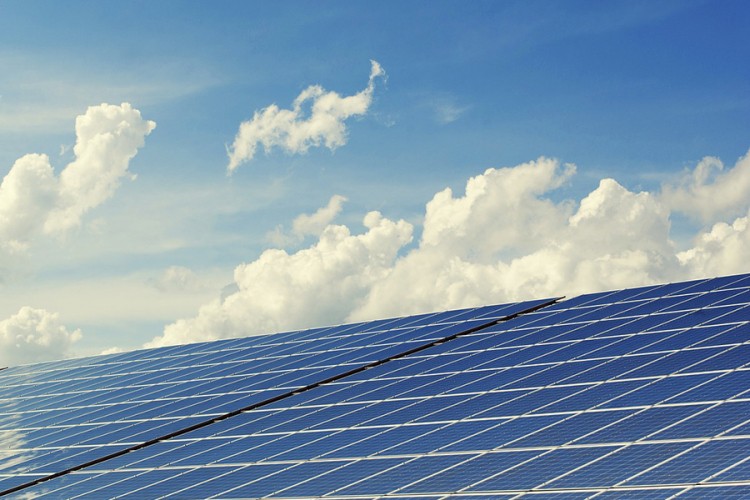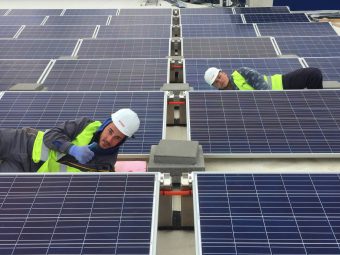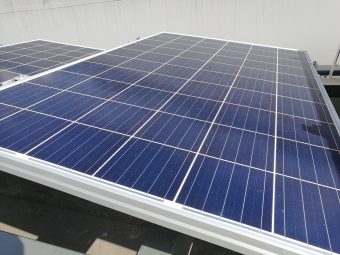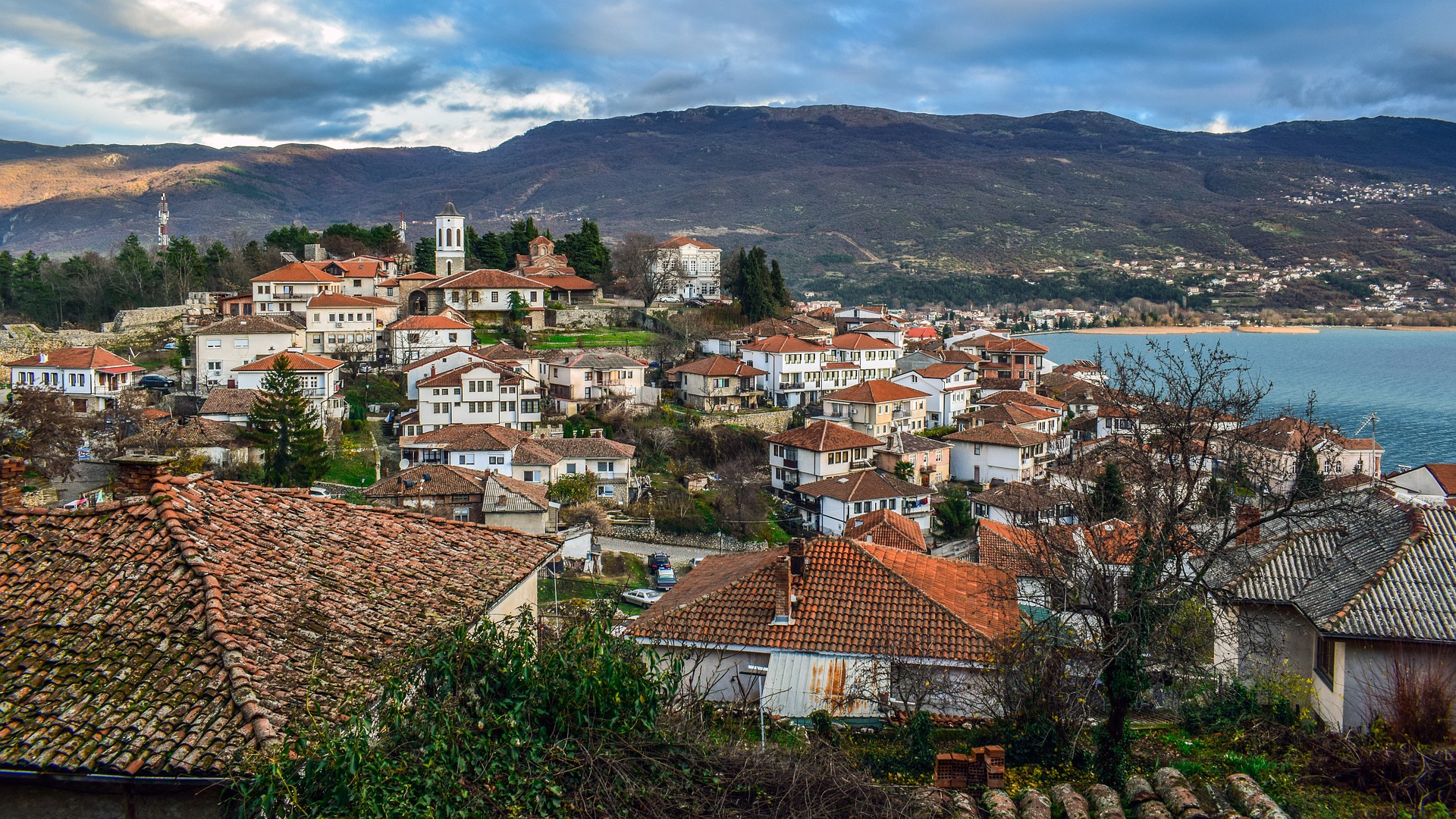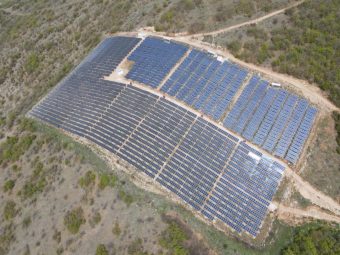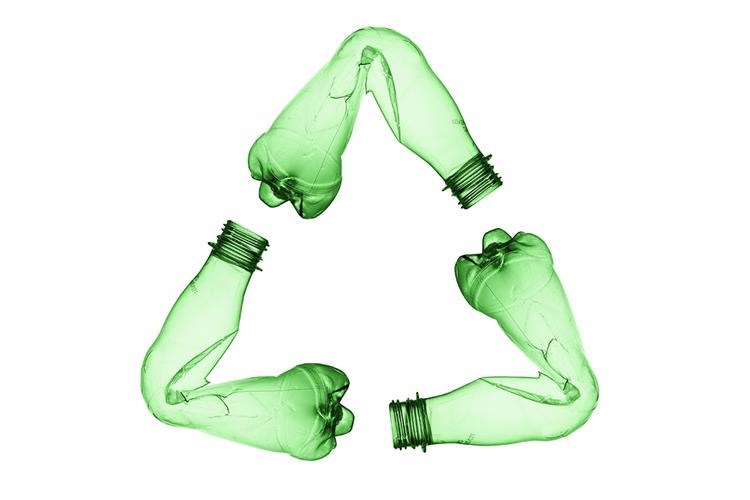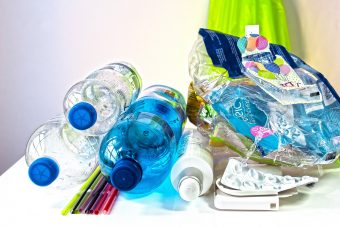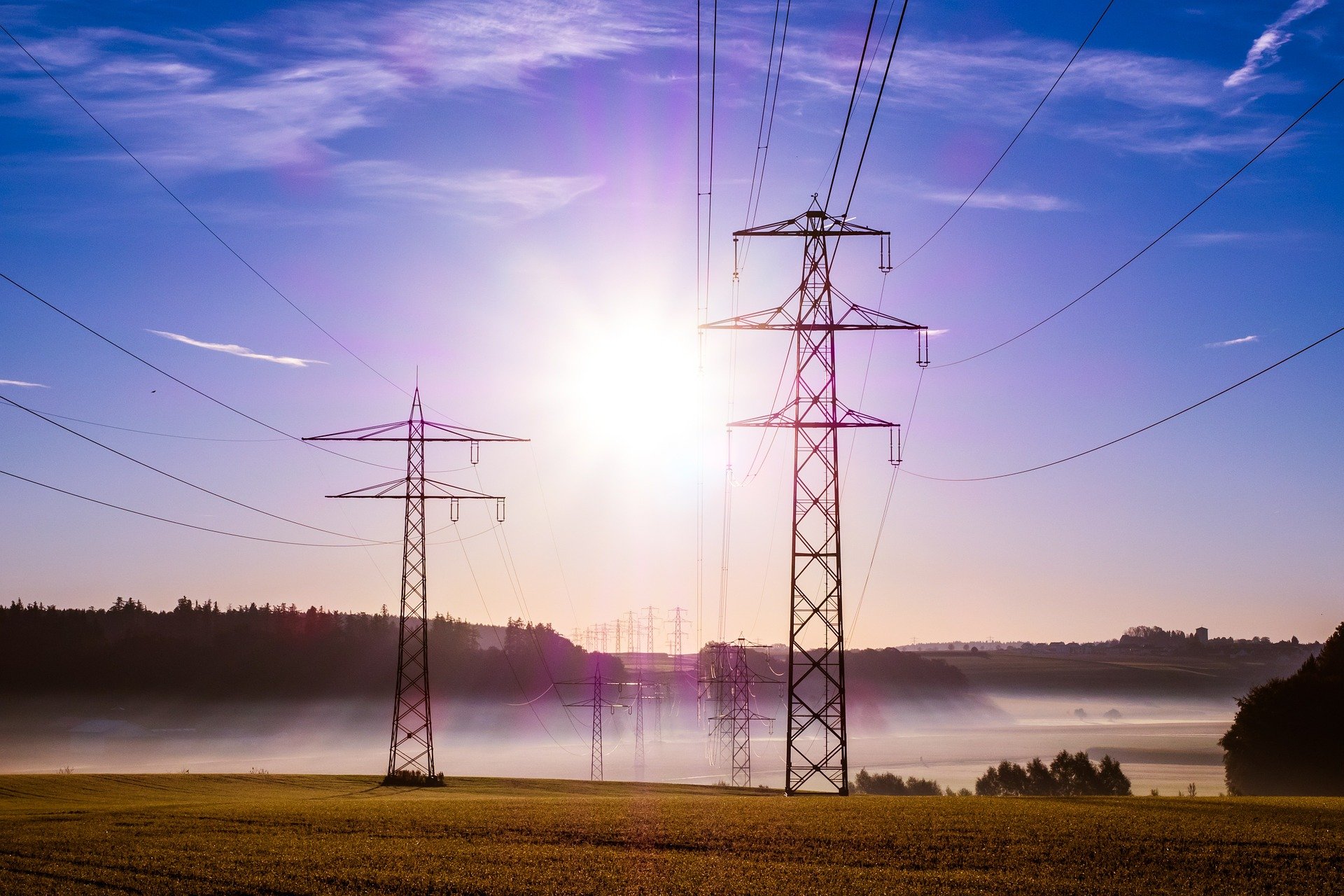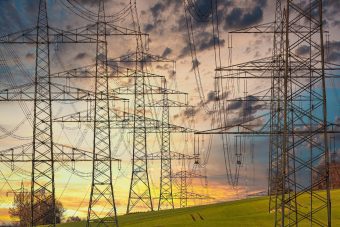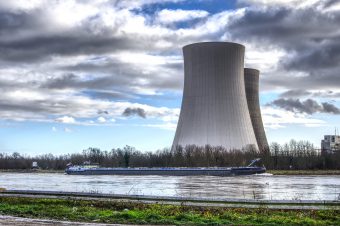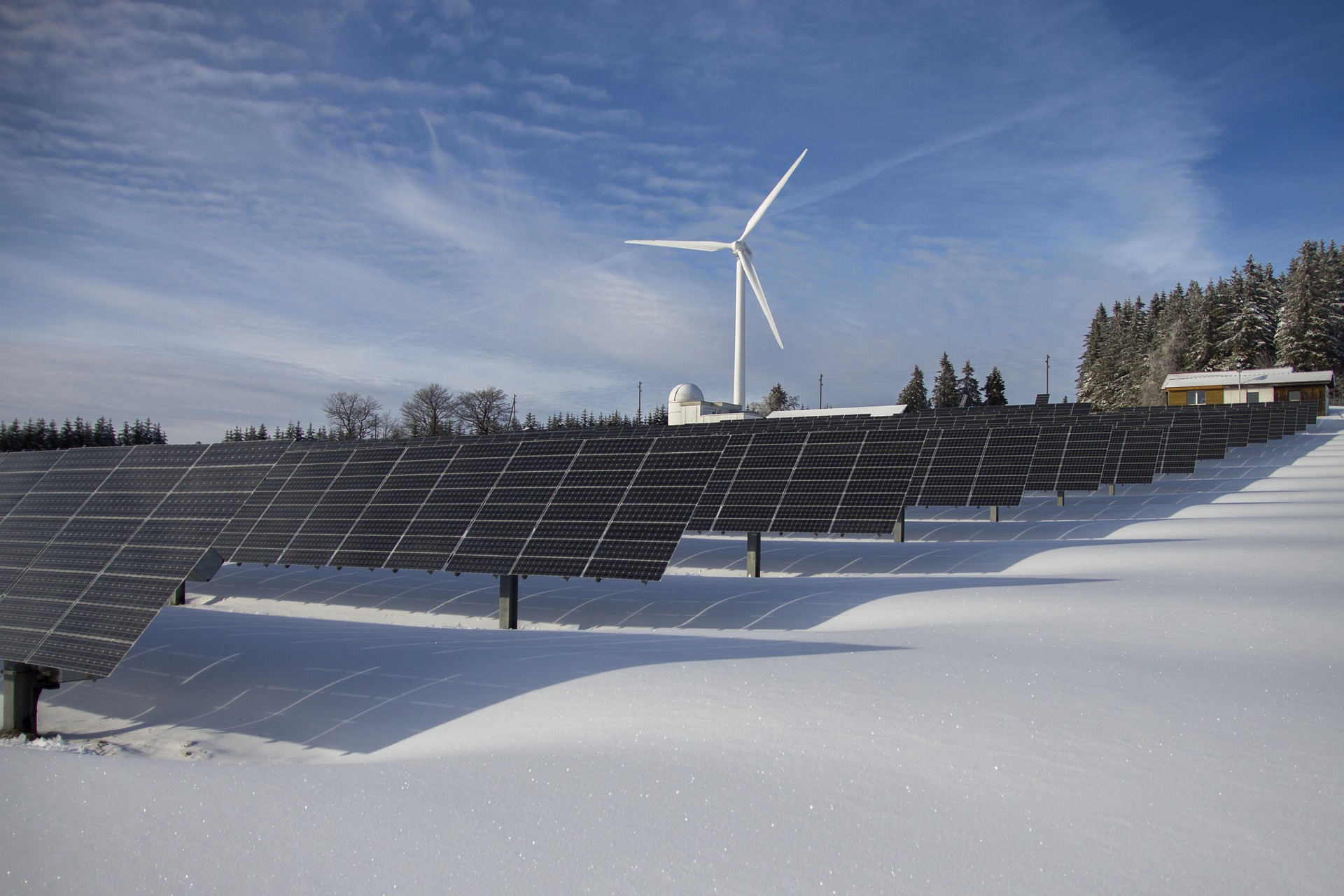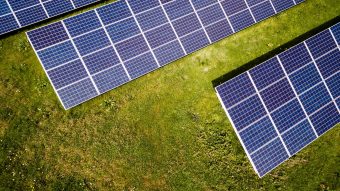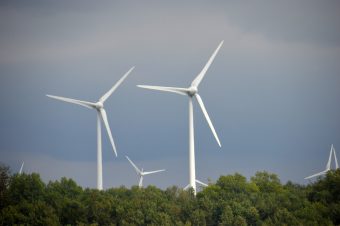
For the first episode of 2022, Brazilian racing driver Lucas di Grassi joins the ABB Decoded podcast. A new ABB ambassador for Season 8, di Grassi talks about more than just his racing success – such as becoming Formula E champion in the series’ third season – to share his views on the benefits of sustainable technology in addressing the climate challenge.
Passionate about the power of sport to draw attention to causes of concern, di Grassi has a vision beyond the confines of his cockpit and a long-standing belief in working collaboratively for the good of humanity.
E-mobility progress
Having been involved in Formula E from the outset, di Grassi has seen first-hand the amazing progress which has been made both on and off the track and the huge change in the e-mobility landscape.
“In 2012, when Formula E really started, very few people talked about EVs and the amount of cars sold were negligible to the overall landscape. In 10 years, we saw complete revolution. Everybody’s talking about electric cars and now they represent roughly 10 percent of sales, with all the major manufacturers already committed to pretty much producing only EV’s in a five-to-10-year timeframe.”
Motorsport as more than the track action
“I always saw motorsport as something much more than the track. I saw it as a platform for businesses, for public entertainment and as a source of inspiration.
“When Formula E came about, I started to understand that the future was going to be electric and that it was going to have an impact on people’s quality of life because of air quality; would create more democratic mobility because it’s going to be cheaper to go from point A to B for everybody and was a revolution that was also helping fight climate change. So it really fit the purpose and passion that I have. And for me, it became my life goal to be successful in Formula E and to see Formula E succeeding as well.”
More:
Collective responsibility
For di Grassi, his commitment to campaigning around environmental issues comes from ethics and a sense of morality.
“I believe after you’ve reached your base accomplishments in life – which means you have somewhere to live, enough food, education and health – then you need to create this base for other people that are not there, try to improve society and to move humankind forward. And for me, this is using the technology and know-how of what we do in racing, towards making the world a better place.”
Optimism for the future
It is the improvements in technology and infrastructure that have made di Grassi feel optimistic for the future, an example of which will be seen on track from Season 9 with the next generation of Formula E car.
“With the Gen 3 car, the way you can see the technology evolving is amazing, and is a way of showing people how much it has developed while creating emotion. It has more than twice the power, is 100 kilos lighter and has four-wheel-drive. This already completely changes the game – the car will be a monster.”
For di Grassi, the inspirational sustainability projects going on around the world, alongside the growing success of a racing series built on promoting e-mobility have given him hope.
“The only way these developments are achieved is through technology. So companies that are involved with Formula E understanding the infrastructure side, like ABB, the technology that is around the vehicles, the charging, the energy that comes to the vehicles, the recyclability of some components – all of this gives me a lot of hope. And definitely it is through technology that we’re going to leave a better legacy and a better world for the future generations.”
The release of this episode of ABB Decoded comes a week before the start of Season 8 of the ABB FIA Formula E World Championship. The series goes green in Diriyah, Saudi Arabia on January 28th and 29th, where drivers will once again compete at night on a track lit with low-consumption LED technology, powered by fully renewable energy. The 21-turn, 2.495km Diriyah Circuit skirts around the historic town walls of the UNESCO World Heritage site, with a long, energy-draining straight at the end of the lap, making it a true test of strategy.
Source: ABB



